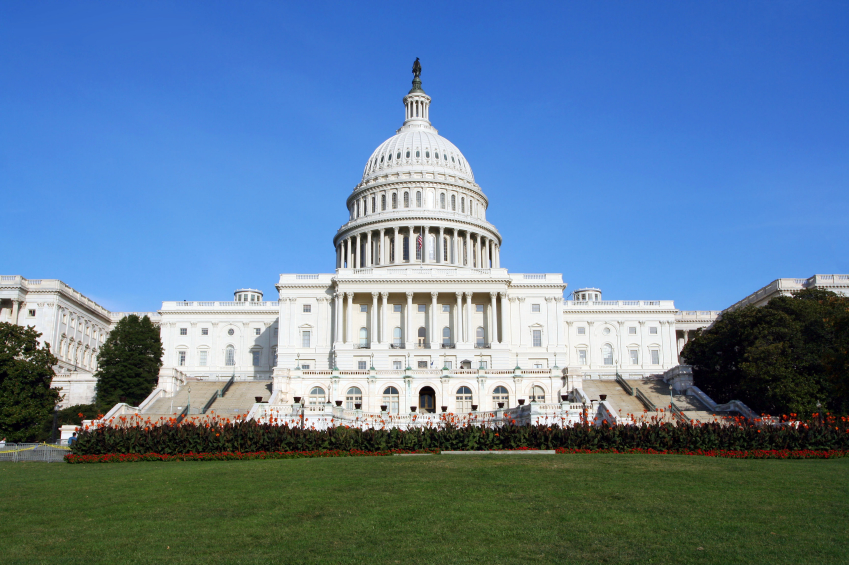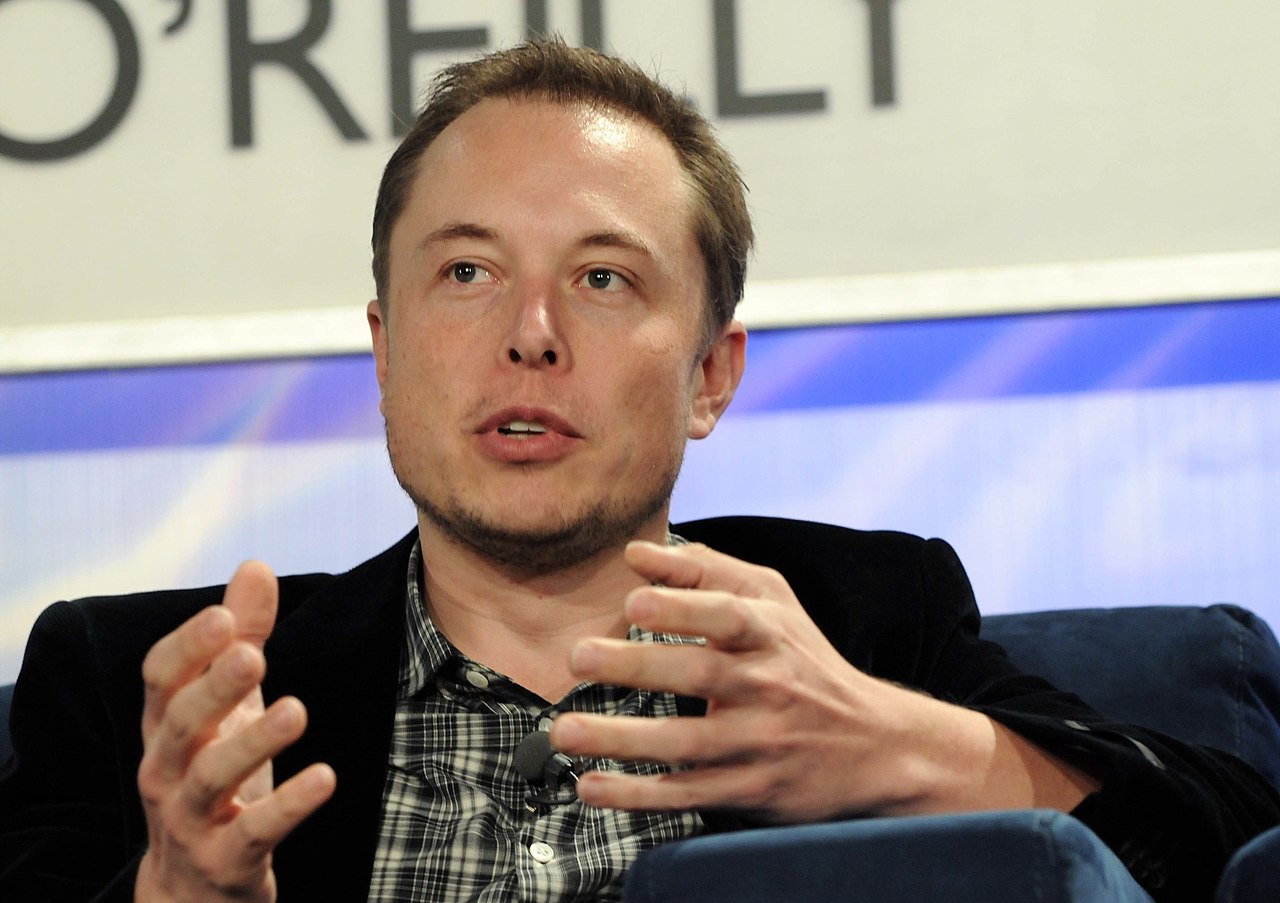Tesla building 100-megawatt battery facility to help Texas’ power grid
05/23/2022 / By Franz Walker

Tesla is building a giant, 100-megawatt (MW) energy storage facility in Texas. The facility is being built in Angleton, Texas, outside of Houston and will plug into the state’s power grid.
The project, which is operating under a Tesla subsidiary called Gambit Energy Storage LLC, has yet to be officially announced as of the time of writing. But the battery facility is registered with the Electricity Reliability Council of Texas (ERCOT), the state’s power-grid operator.
An ERCOT filing from August of 2020 gave the project an expected commercial opening date of June 1, 2021 and confirmed that it would have the capacity to store 100 megawatts of energy. According to Bloomberg, that would be enough to power 20,000 homes on a hot day.
Further details about the project can be found in a document on the city of Angleton’s website. The document lists it as a project of Plus Power, which counts two former Tesla employees among its executives. Talking to Bloomberg, Plus confirmed that it started the project before selling it to an undisclosed party.
The documents claim that the project will generate about $1 million in property tax revenue for Angleton. It also reveals that the site, which will house lithium-ion phosphate batteries from Tesla expected to last 10 to 20 years, will be unmanned but will be remotely monitored at all times.
The choice of Angleton is interesting as, according to the document, the city forms “an especially volatile ‘node'” in ERCOT’s energy grid. It states that the grid will be able to benefit from the “energy balancing properties that the battery can provide.”
Tesla building battery plant to protect investments in Texas
Texas’ power grid attracted a lot of attention in February after unusually cold weather left much of the state without power for several days. This led Tesla CEO Elon Musk to make a sarcastic tweet in which he stated that “ERCOT is not earning that R.” (Related: Federal regulators plan to investigate Texas power outages.)
Musk does have a lot of reason to be concerned about the quality of Texas’ electric grid. Aside from relocating to the state, both of Musk’s companies – SpaceX and Tesla – are expanding their footprint in Texas.
Tesla is currently building an automobile manufacturing plant in the Austin area. Meanwhile, SpaceX has long operated a testing facility in McGregor, Texas, about halfway between Austin and Dallas.
More recently, SpaceX has been pouring more investment into its Boca Chica launch facility. Musk has even hinted at wanting to have the community incorporated into a city that would be named “Starbase.” SpaceX representatives have reportedly already made inquiries about the possibility of doing so.
With this in mind, it makes sense for Musk and Tesla to use the latter’s own technology to help secure the state’s power grid. This is especially as Tesla already has experience building large-scale battery installations.
In 2017, Tesla built a 100 MW battery installation in South Australia. At the time, the installation was the largest in the world, though the new Texas site may be at least as big according to Bloomberg.
But these massive battery facilities will not be acting as a full backup for the grid, at least not at this time. Even at its full 100 MW power level, the South Australia facility has enough capacity to supply power for a little over an hour.
Instead, utility-scale batteries such as these are being used to smooth out shorter-term fluctuations and keep the supply of power perfectly balanced with demand. Should a powerplant fail or electricity demand spike, these battery facilities can provide power for the few crucial minutes that utility companies need to make adjustments.
But in the future, as batteries get cheaper, companies such as Tesla could install even larger batteries, enabling these battery facilities to provide power for even longer periods of time.
Follow Power.news for more news on what is being done to bolster Texas’ energy grid.
Sources include:
Submit a correction >>
Tagged Under:
battery, breakthrough, electricity, Elon Musk, energy, ERCOT, future tech, power, power grid, SpaceX, tesla, Texas, texas power grid
This article may contain statements that reflect the opinion of the author
RECENT NEWS & ARTICLES
COPYRIGHT © 2017 ELON MUSK WATCH














